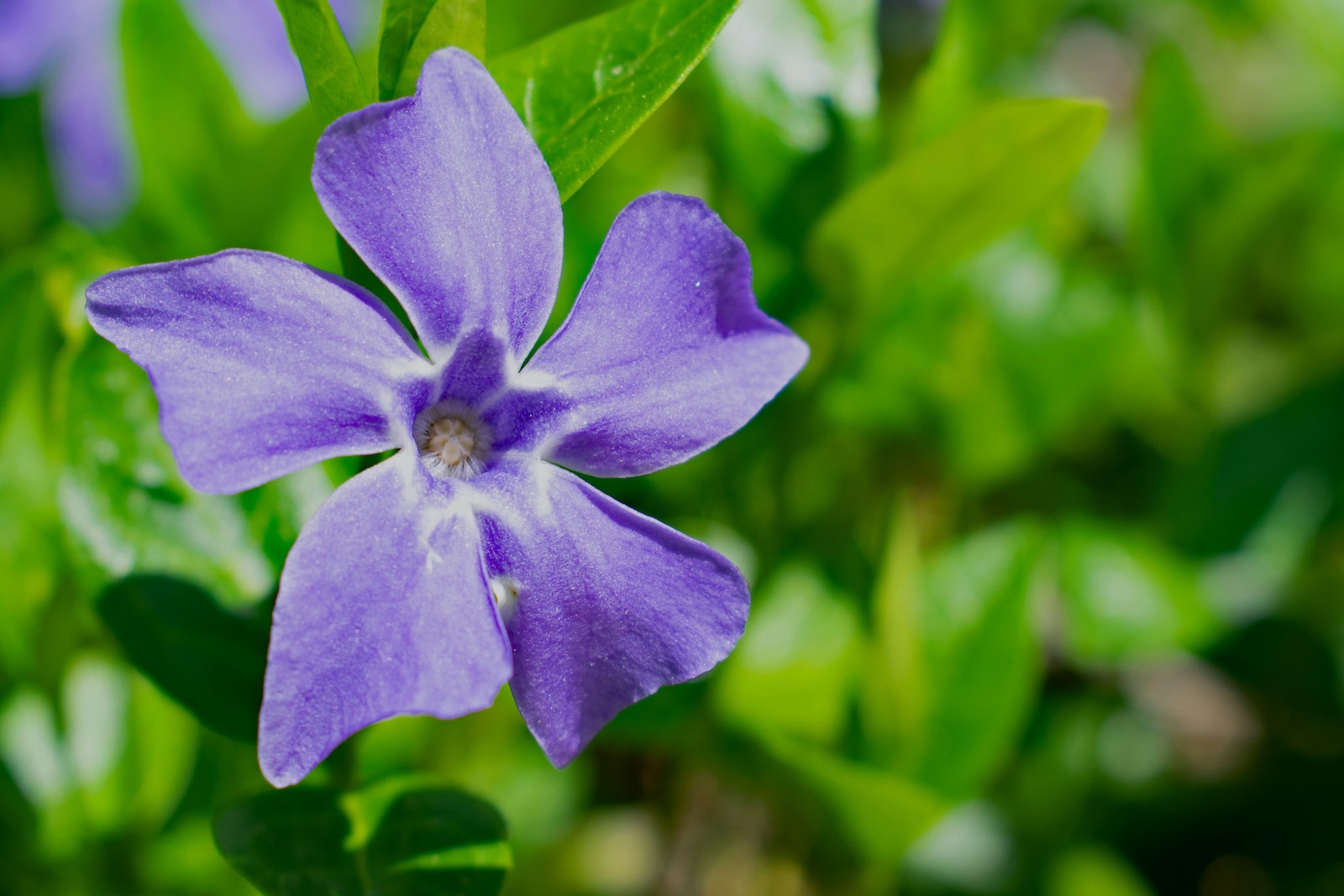A well-known plant called vinca typically has purple hues. This plant is well-known for its beauty and capacity for upkeep.
The plant also comes in a variety of other stunning hues, like red and orange, in addition to purple.
Vinca plants come in a variety of types, and each one requires a different level of upkeep.
The most popular form of vinca in gardens is the annual variety, and with the right maintenance, it wouldn’t require as much labor.
Many novice gardeners choose to use the annual vinca type since it is so simple to care for.
Avoid choosing the incorrect plants when seeking ideal vinca companion plants since they might grow invasive around your vinca plant and suffocate it to death.
The best vinca companion plants are discussed below.
Top 3 Best Vinca Companion Plants
1. Dahlia
The dahlia is a well-known flower that is indigenous to Mexico as well as Central America.
Although the blooms of these plants resemble those of sunflowers, zinnias, and even daisies, you will observe that their shapes are very different. These plants are linked to sunflowers, zinnias, and even daisies.
The dahlia is a beautiful perennial flower that you can plant in your yard next to your vinca plants.
With careful care, it will persist for many years. Every spring, vinca plants would bloom, and their blossoms might last you for an entire season.
Vincas enjoy sunshine just as much as the dahlias do, so there shouldn’t be any issues keeping them together in that regard.
Because it can survive in both the sun and the shade, dahlia is great and complements many other plants.
You may acquire the vinca in any color you desire because dahlias come in a variety of colors.
2. Coleus
Another great plant that complements the Vinca plants is coleus. Numerous Coleus species may be grown as annual or perennial plants.
The temperature in that place has a big impact on how your coleus behaves since it thrives in direct sunshine or extreme heat.
In order to prevent your coleus plant from starting to die, you should make sure that it doesn’t receive too much shadow and that it receives at least eight hours of sunlight every day.
Therefore, if you live somewhere with high enough temperatures, your coleus will endure longer; nevertheless, if you live somewhere colder, I wouldn’t recommend getting coleus plants.
Although the coleus lacks flowers, its distinctive leaves still have a wide range of hues, which is an astounding feature of it.
Therefore, adding a distinctive coleus plant to your vinca plant would enhance the appearance of your garden. To obtain the most benefit from your coleus plant, all you need to do is keep it healthy.
3. Sweet Potato Vine
Sweet potato vines are mostly utilized as decorative plants, which means they can still be used as companion plants for vinca plants.
This annual plant produces leaves that are different hues, much like the vinca plant, making it simpler for you to match it with your vinca plants.
This plant quickly spreads around your landscape as it develops and has colorful leaves.
Many people utilize these plants during the ground season because of their capacity to grow like vines.
Sweet potato vines need a warm environment to develop healthily, therefore if you take good care of the vines and set it in the appropriate environment with the appropriate quantity of watering, prepare to see your plant live for a longer period of time.
Knowing the best cutting method would be useful because these plants’ vines expand fast, so you might wish to trim them sometimes.
There are many fantastic companion plants out there, but the ones we’ve selected here are among the best.
These stand out since they require care that is comparable to that of Vinca, making it simpler to take care of both without experiencing undue stress.
How To Care for Vinca Plants
Light Needs
Vinca plants would only thrive in total and partial shadow for a brief length of time.
Vinca plants like to be planted in the sun.
Additionally, make sure it receives some shade and moderate sunshine since if you expose it to the sun for an extended period of time, it might burn.
Soil Requirements
Vinca plants need soils with good drainage in order to flourish.
Planting them approximately a foot apart will allow enough room for the roots to grow, which will facilitate the plant’s rapid filling in of your space.
Although they can withstand low soils, they thrive in well-draining soils.
Watering Requirements
Vinca plants, which are even drought-tolerant, would thrive in damp soil.
Humidity and temperature
Despite being a robust plant, it is susceptible to illnesses from damp and moist environments.
Additionally, these plants can’t stand frosts, so if you can, bring them indoors throughout the winter to extend their lifespan.
Fertilizers
Younger vincas benefit from fertilization by developing a beautiful green hue and getting ready to blossom.
If you discover that your soil is deficient in some key components, such as nitrogen, potassium, and phosphorus, be sure to apply these in equal proportions.
Aphids, scales, spider mites, and white flies are some of the typical diseases and pests that damage this plant.
To combat these issues, use horticultural oils, pesticides, soap, and neem oil to prevent illnesses like the fungal leaf spot.
Since there is now no known treatment for this, you should always remove affected plant parts to prevent the illness from spreading to other plants.
Water the soil rather than the plant’s leaves directly to prevent these fungal leaf spots.
